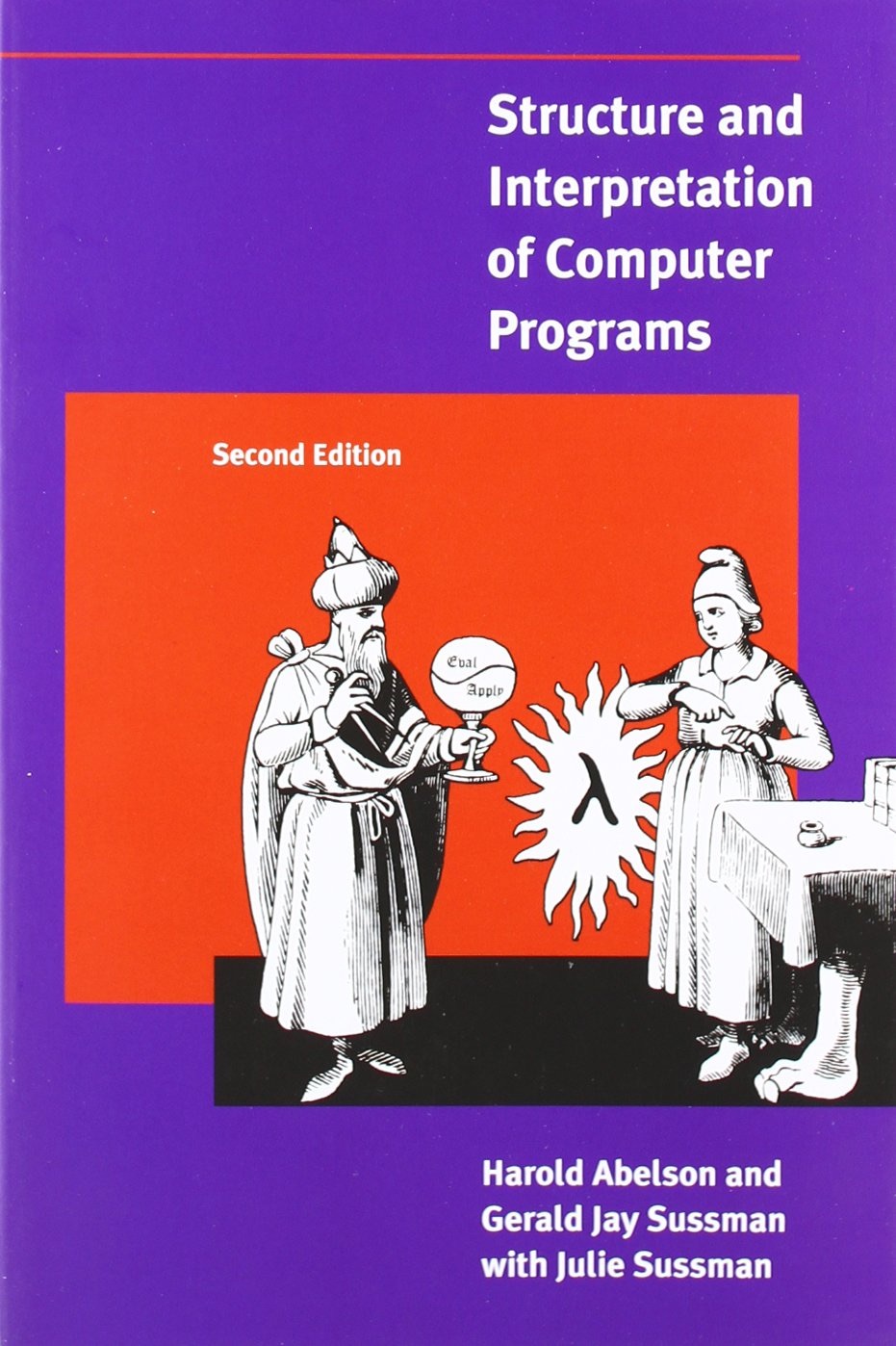Functional Programming
from rich to reach
from rich to reach

(new Date()).toString()
Who am I?
-
A mathematician
-
A pragmatic theorist
-
A coder
A freak of interactivity
Barclays - head of functional programming
(We're hiring...)
Founded a Audiology Startup with 30K LOCs in Clojurescript
Author of KLIPSE

Agenda
-
Functional programming - immutability
-
React.js - a functional frontend framework
Interludes
JSX - a "macro" system
-
ClojureScript - LISP on top of javascript
Code interactivity everywhere with KLIPSE

Functional Programming - Immutability
In non-functional programming, the default API mutates our objects
const a = {size: 42};
b = a;b.size = 43
a
In functional programming e.g. clojure, the default API doesn't mutate our objects
(def a {:size 42})
(def b (assoc a :size 43))
a
EcmaScript 6 got inspired by functional programming - and propses an immutable API:
const a = {size: 42};
b = Object.assign({}, a); b.size = 43
a
Does it work as expected?
const a = {size: {shoes: 42}};
b = Object.assign({}, a)
b.size.shoes = 43
a
Functional Programming - Immutable.js

!!Immutable
a = Immutable.fromJS({size: {shoes: 42 }});
b = a.setIn(["size", "shoes"], 43)
a
React.js: the functional frontend framework
The principles
Virtual DOM
Immutability
Pure functions


Despite the fact that React.js is functional, it is popular!
Live Coding - in the browser
Tic Tac Toe

React - The basics
Let's load react javascript files from cdnjs.com:
!!React
Interlude - JSX
JSX is ...
kind of a macro system.
const element = <h1>Hello, world!</h1>;
const element = <h3 style= {{color:"red"} }>Hello, world -- 14*3={14*3}!</h3>;
ReactDOM.render(element, container);
The JSX transpiler runs before the code is deployed.
It's a compile time syntactic sugar.
Compare vs. angular.js
Tic Tac Toe - The square
Square is a pure component
ReactDOM.render(React.createElement(Square, {value: 42,
onClick: () => alert("clicked")}), container);
Tic Tac Toe - The board
Board is a full react component with constructor, render and a couple of helper functions
ReactDOM.render(React.createElement(Board, {}), container);
Interlude - Clojurescript
How do we decide who is the winner of the game?
There are only 8 possibilities to fill a row in the board
(ns my.game)
(defn calculate-winner [squares]
(let [lines [[0 1 2] [3 4 5] [6 7 8] [0 3 6] [1 4 7] [2 5 8] [0 4 8] [2 4 6]]]
(->> (map (fn [[a b c]] (and (some? (get squares a))
(= (get squares a) (get squares b) (get squares c))
(get squares a)))
lines)
(filter identity)
first)))
(require '[cljs.test :refer [run-tests] :refer-macros [deftest testing is are]])
(deftest calc-winner
(testing "basic"
(is (= (calculate-winner ["X" "X" "X"]) "X"))
(is (= (calculate-winner ["X" "X" "O"]) nil))
(is (= (calculate-winner ["O" "O" "O"]) "O"))))
(run-tests)
(deftest calc-winner
(testing "advanced"
(are [in out] (= (calculate-winner in) out)
["X" "X" "X"] "X"
["X" "O" nil
"X" "O" nil
"X" nil nil] "X")))
(run-tests)
Tic Tac Toe - with players
ReactDOM.render(React.createElement(BoardWithPlayers, {}), container);
Summary
Functional programming influence on main stream technologies
EcmaScript6
Immutable.js
React.js
ClojureScript
Live coding in the browser with klipse
Questions?

/
